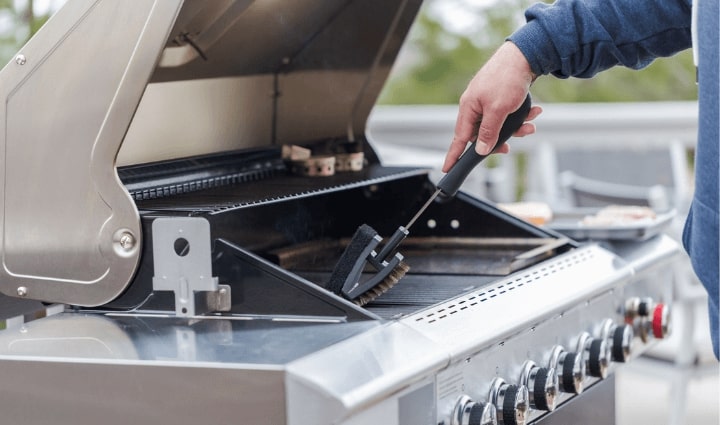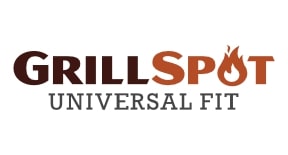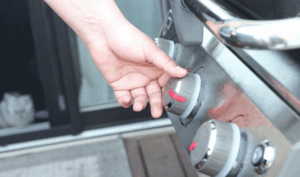Most gas grills can be repaired easily before they need to be replaced, especially if you have some basic knowledge about how your grill works and how to replace the parts.
To help you get to know your grill, diagnose common issues, and keep your barbecue running in top condition, we’ve compiled our top gas grill resources into one handy gas grill guide.
Before we turn our attention to the anatomy of your grill and how and when to replace parts, let’s take a second to clarify what a gas grill actually is.
What Is A Gas Grill?
A gas grill is a barbecue grill that cooks food using gas—pretty straightforward, right? Most gas grills use liquid propane that is stored in a 20 lb tank and attached to the grill with a gas hose and regulator. Other grills use natural gas and are hooked directly to your home’s gas line.
Gas grills offer a number of advantages over charcoal or wood fired pit grills, including:
- They’re easy to start. Simply open the gas valve, turn on the burner, and press or turn the igniter button or switch.
- They heat up quickly, usually within 10-15 minutes.
- It’s easier to keep the temperature steady, as well as heat it up or cool it down if needed.
- It’s easy to set up direct and indirect grilling zones.
- They’re easier to clean than other grills.
- There are a wider range of accessories available, including side burners, smoker boxes to impart that classic smokey flavor, rotisseries, and more.
Read the Complete Gas Grill Guide
Now that you know what exactly a gas grill is, let’s get to know your grill a bit better.
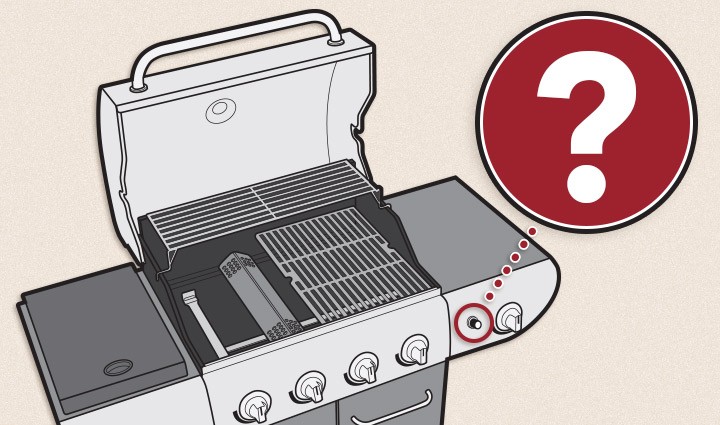
The Anatomy of a Gas Grill Parts Guide
Every gas grill looks a little different, but generally speaking, gas grills aren’t complicated machines. They all have the same basic parts and each part serves the same function, even if the configuration is a bit different from grill to grill.
Understanding the key parts and components of your gas grill will help you take better care of your BBQ, extending its lifetime and saving you money in the long run. Read this illustrated guide to learn about the most important parts of your gas grill, from the control knobs and cooking grates to internal components like the heat plates and burners.
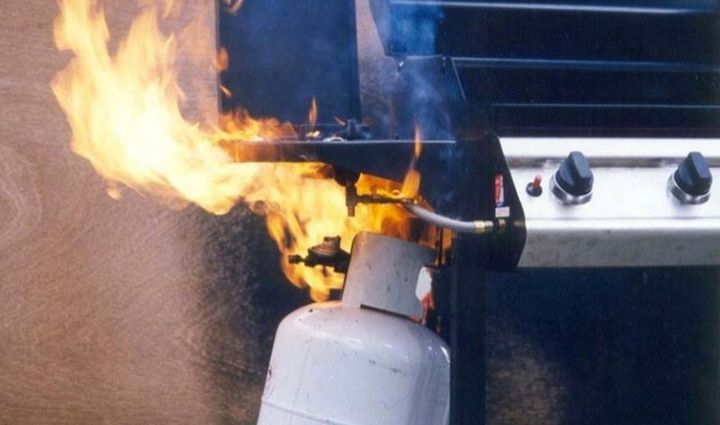
How to Check for Gas Leaks
Gas leaks are typically caused by loose connections or damaged gas hoses. Checking your grill for gas leaks is easy, and should be a part of your regular grill maintenance routine—it only takes a few minutes and some simple tools.
Find out how to test for leaks, how often you should check, and get step-by-step instructions for checking your grill for gas leaks in our guide.
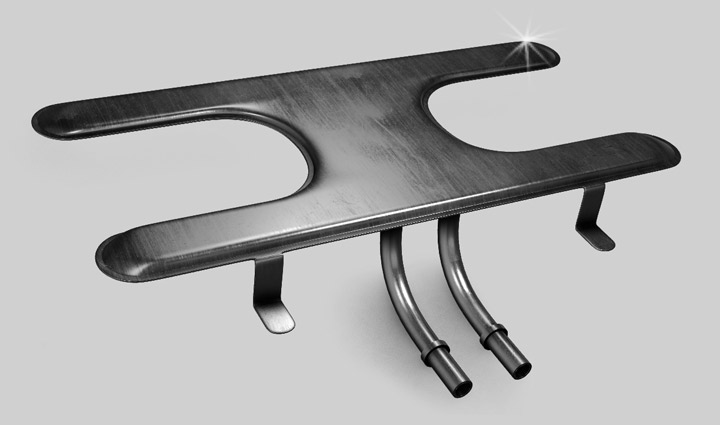
How To Replace your Gas Grill Burners
The burner is the central source of heat for cooking food on a gas grill. Most grills have multiple burners, allowing you more control over heat and enabling things like direct and indirect grilling.
Over time, burners can accumulate grease and food particles that can cause them to deteriorate, including rusting or flaking metal, inconsistent temperatures, and uneven flames. If cleaning your burners doesn’t solve these problems, it’s time to replace them. Luckily, replacing your gas grill’s burners is easy (it shouldn’t take longer than 10 minutes!) and it can significantly extend the lifetime of your grill.
Read our guide or watch the step-by-step video for simple instructions on how to replace your grill’s burners.
Shop for replacement burners:
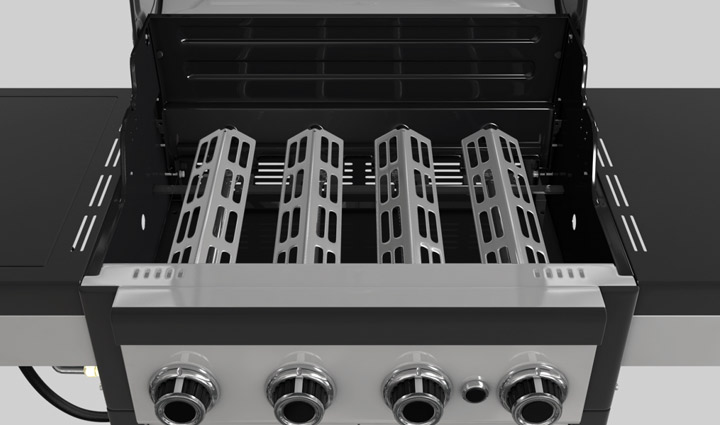
How to Replace the Heat Plates in your Gas Grill
Most gas grills use what is called a “heat plate”, also known as a heat shield, flame tamer, or heat tent, to protect the burners from grease and food drippings. The heat plate rests above the burner to help disperse heat, which in turn helps to prevent uneven cooking, reduces the risk of flare-ups, and protects the burners from coming into direct contact with grease and food particles.
Heat plates have one of the hardest jobs of all grill parts, bearing the brunt of the heat from the hurner, as well as dripping grease from above. Over time, your grill’s heat plates can rust and deteriorate, increasing the chance of damage to your burners and resulting in uneven heat distribution, flare-ups, and increase the risk of grease fires.
Like burners, heat plates are easy to replace and the process shouldn’t take longer than 10 minutes. Read our guide and watch the step-by-step video for easy instructions on how to replace your grill’s heat plates.
Shop for replacement heat plates:
Get Grilling!
If your grill isn’t working as well as it should, the solution may be easier (and cheaper) than replacing your entire BBQ. When you understand the different components of your gas grill, it’s easy to take better care of your BBQ and replace parts as needed. Our gas grill guide will help you get to know your grill better so you can extend the life of your grill.

